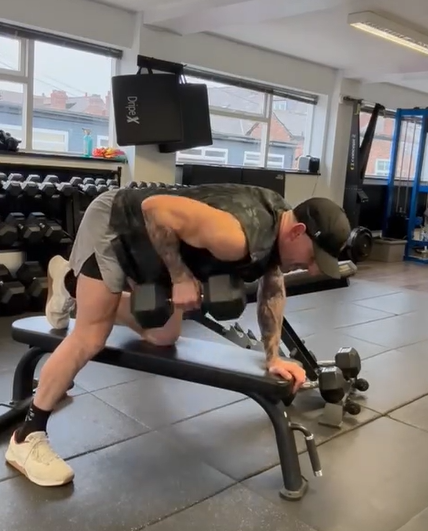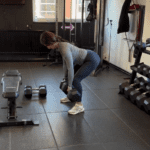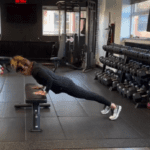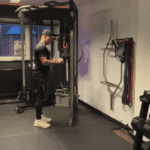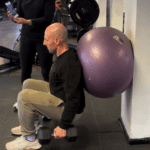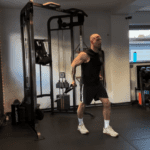When building a workout routine, one of the biggest debates is whether to prioritise compound exercises or isolation exercises. Both have their strengths and weaknesses, and understanding their differences can help you create a balanced and effective fitness program.
What are Compound and Isolation exercises?
- Compound exercises: These are multi-joint movements that engage multiple muscle groups simultaneously. Examples include squats, deadlifts, bench presses, and pull-ups. They mimic natural movements and are excellent for overall strength and functional fitness.
- Isolation exercises: These target a single muscle group using single-joint movements. Examples include bicep curls, tricep extensions, and leg curls. They are ideal for focusing on specific muscles or addressing imbalances.
Benefits of Compound exercises
- Efficiency: Compound exercises work multiple muscles at once, making them time-efficient.
- Strength and power: They allow for heavier loads, promoting greater strength gains and muscle growth.
- Hormonal boost: Compound lifts significantly increase anabolic hormones like testosterone and growth hormone.
- Calorie burn: These exercises have a higher energy expenditure, aiding in fat loss.
- Functional fitness: They improve coordination, balance, flexibility, and mobility by mimicking real-life movement.
Benefits of isolation exercises
- Targeted muscle growth: Isolation exercises focus on one muscle group, making them perfect for addressing weaknesses or imbalances.
- Rehabilitation: Ideal for recovery from injuries by strengthening specific muscles without overloading others.
- Supplementary training: They allow you to add training volume without overexerting yourself after compound lifts.
- Beginner-friendly: Simpler to learn and perform, making them less intimidating for newcomers to fitness.
Drawbacks of each
- Compound exercises:
- Require proper form to avoid injury.
- Can be physically demanding, increasing the risk of overtraining if not managed properly.
- Isolation exercises:
- Less efficient as they target only one muscle at a time.
- Do not improve intermuscular coordination or functional strength as effectively as compound exercises.
When to use each type
- Use compound exercises as the foundation of your routine for overall strength, muscle growth, and calorie burning.
- Incorporate isolation exercises to:
- Address weak points or imbalances.
- Focus on specific muscles for hypertrophy.
- Add volume without exhausting your central nervous system.
Sample workout plan combining both
| Day | Compound Focus | Isolation Additions |
| Upper Body | Bench Press (Chest/Triceps) | Bicep Curls, Tricep Extensions |
| Lower Body | Squats (Quads/Glutes/Core) | Leg Curls, Calf Raises |
| Pull Day | Pull-Ups (Back/Biceps) | Lateral Raises (Shoulders), Shrugs |
| Push Day | Overhead Press (Shoulders/Triceps) | Chest Flyes |
Summary
Both compound and isolation exercises have unique benefits that make them essential components of a well-rounded workout routine. Compound movements should form the backbone of your training due to their efficiency and functional benefits, while isolation exercises can help refine specific areas for optimal muscle development. By combining both strategically, you can maximize strength, hypertrophy, and overall fitness progress!
A Personal Trainer is an investment in your health and well-being that can lead to long-term positive effects on your fitness, confidence, and overall health. PT Hale prides itself on being a social and safe space where you can work out individually, or with like-minded people to get the results that you want and deserve – LET’S GO!

